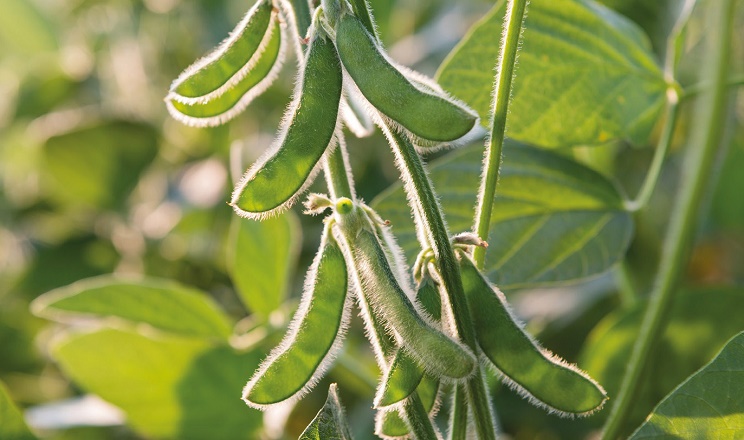Soy Production Could Double in Brazilian Cerrado Without Deforestation

The cerrado biome in Brazil is the second largest biome after the Amazon and it encompasses 198.45 million hectares (490 million acres) of which is 102.5 million hectares (253 million acres) in its native vegetation. In other words, 51.7% of the original cerrado has been converted to agriculture and livestock production or urban areas. Approximately 88.9% of the existing native vegetation in the cerrado is in private hands.
The savanna-like vegetation of the cerrado in central Brazil is very attractive for row crop production. During the last nine growing seasons, soybean production in the cerrado has grown by 49% from 15.5 million hectares in 2023/14 (38.2 million acres) to 23.1 million in 2022/23 (57 million acres). Soybean production equates to 11.7% of the cerrado biome and soybean production in the cerrado equates to 50.1% of Brazil’s total soybean acreage.
Soybean production in the cerrado has increased significantly in the last three years with 95.1% of the expansion occurring through the conversion of pastures to row crop production and 4.9% coming from the conversion of native vegetation.
A study conducted by the Brazilian Association of Vegetable Oil Industries (Abiove) indicated that the cerrado region has 23.1 million hectares of soybean production (57.0 million acres), 21.0 million of pastures (51.8 million acres), and 19.4 million hectares (47.9 million acres) of other uses that could eventually be converted to soybean production. There are enough hectares available in the cerrado region to double soybean production while maintaining the existing native vegetation.
The soybean sector is committed to combating illegal deforestation in the cerrado biome. One of the ways to achieve this is through members of Abiove not purchasing or financing soybean production from areas deforested after August 1, 2020. The Brazil Forestry Code of 2008 authorized farmers to clear part of their land up to the limit established by the Forestry Code, but not beyond. Therefore, some farmers may still be permitted to legally clear some of their land for soybean production.
Limits on deforestation is in the best interest of society in general by limiting greenhouse gas emissions, preserving biodiversity, and maintaining water resources. Brazil’s European customers have been pushing hard to limit deforestation by prohibiting the purchase of any agricultural product that was produced on land deforested after 2020. Major grain companies and meat processors have put in place programs to prohibit the purchase of any product produced on illegally deforested land. Accurately tracking these products has been difficult in the wide-open spaces of central Brazil, but they have been improving.
Read also
Wheat in Southern Brazil Impacted by Dry Weather and Frosts
Oilseed Industry. Leaders and Strategies in the Times of a Great Change
Black Sea & Danube Region: Oilseed and Vegoil Markets Within Ongoing Transfor...
Serbia. The drought will cause extremely high losses for farmers this year
2023/24 Safrinha Corn in Brazil 91% Harvested
Write to us
Our manager will contact you soon



